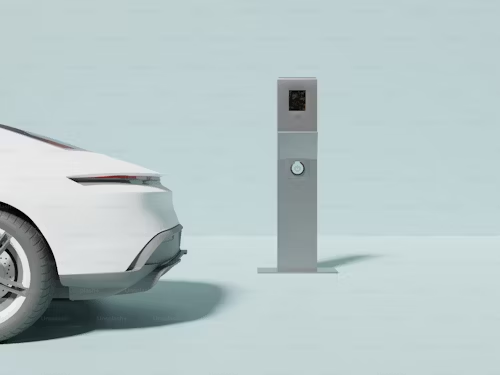The Evolution of Smart Car Engineering: How Today's Innovations Echo The Utility of the Fanny Pack

Just like the fanny pack, which transitioned from a practical accessory to a retro fashion statement, smart car technology has evolved from simple concepts to sophisticated systems enhancing automotive functionality and environmental sustainability. This humorous yet apt comparison underscores how both these items, divergent as they might seem, encapsulate the essence of blending utility with modernity.
Understanding Smart Car Engineering
Smart car engineering isn’t just about making cars. It’s about crafting future-ready, efficient machines that also offer premier comfort and safety features. From autonomous driving to eco-friendly designs, the innovations in this field are rapidly changing the way we think about transportation.
The Core of Smart Vehicle Technology
The heart of modern automotive advancement lies in its ability to integrate technology that simplifies life. Here, we delve into what makes smart vehicle technology so pivotal in today’s automotive industry.
Key Features of Smart Vehicle Technology
- Advanced Driver-Assistance Systems (ADAS)
- Connected Car Technology
- Electrification of Powertrains
- Intelligent Navigation Systems
Each of these features contributes to a safer, more convenient, and energy-efficient driving experience, echoing the multifunctionality of a good old fanny pack in the realm of personal transport.
Impact on Automotive Design and Functionality
Smart car technology has not only enhanced vehicle performance but also played a pivotal role in redefining car aesthetics and ergonomics, leading to designs that are as smart as they are stylish.
Innovations in Smart Car Engineering
- Lightweight Materials for Better Efficiency
- Aerodynamic Designs to Reduce Drag
- Modular Interiors for Customizable Spaces
- Use of Sustainable Materials
Such innovations ensure that cars are not just transport vehicles but also a significant part of our digital lives, much like how the fanny pack has evolved into a handy accessory for many.
The Rise of EV Conversions
As we shift towards sustainability, EV conversions have become a popular choice for many car enthusiasts and environmentalists alike. This transformation is akin to repurposing a vintage fanny pack for modern uses—both serve a renewed purpose with a touch of innovation.
Benefits of Converting to Electric Vehicles
EV conversions offer a sustainable alternative to traditional fuel-based vehicles, making them an essential part of the future of transportation.
Advantages of Electric Vehicles
- Reduction in Carbon Footprint
- Lower Operating Costs
- High Energy Efficiency
- Decreased Maintenance Requirements
The benefits listed not only promise a greener planet but also ensure that the car remains a cost-effective, high-performance machine over its lifetime.
Process and Considerations for EV Conversions
Transitioning from a conventional vehicle to an electric one involves numerous considerations from battery storage capacities to system compatibility, mirroring the thoughtful consideration one might give to choosing the perfect fanny pack for every occasion.
Steps in an EV Conversion
- Evaluating the Vehicle for Conversion Suitability
- Selecting the Right Conversion Kit
- Integration of Electric Powertrain Components
- Enhancements and Customizations
Following these steps ensures that the converted vehicle performs optimally, providing a seamless blend of old charm and new-world technology.
Tags: Smart car engineering, Smart car technology, Smart vehicle technology, EV conversions
In conclusion, the journey from traditional cars to smart, electric vehicles is marked with innovations that not only promise efficiency and sustainability but also redefine our relationship with technology. Much like the fanny pack, smart vehicle technology and EV conversions are here to stay, becoming timeless pieces in the evolution of transportation.




